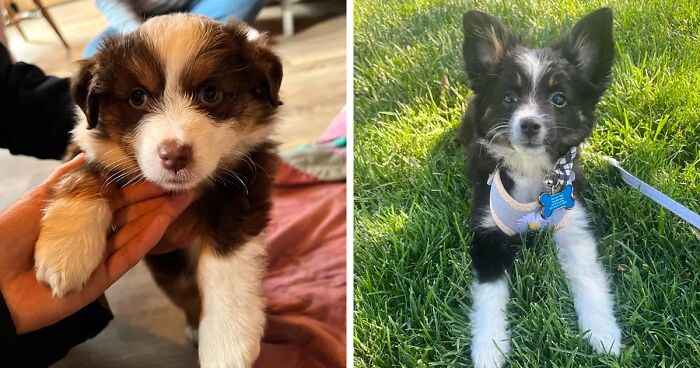
Miniature Australian Shepherd Dog Breed: Facts, Care, and Characteristics
The Miniature Australian Shepherd dog breed is unusual among dogs with shepherd dog breed lineage because it’s more likely to be a coddled lap dog than a working dog–but it still can work. The Mini Australian Shepherd has the versatility and spirit of a shepherd dog in a compact form that fits into any lifestyle. Known for their intelligence, agility, and affectionate nature, Mini Australian Shepherds are well-loved by their fans.
Originating as a small size version of the well-known Australian Shepherd, these dogs have carved out their own identity. Let’s dig into the unique characteristics, history, and nuances that make the Mini Australian Shepherd not just a smaller version of a better-known dog breed, but a breed with qualities and a heritage that deserve recognition and understanding in its own right.
The information provided herein is for informational purposes only. Please refer to our disclaimer for more details..
Quick Facts
Image credits: TechnicianLazy8101
- Known for intelligence, agility, and affectionate nature.
- Originated as a smaller version of the Australian Shepherd
- Developed for herding ability and energetic nature in a compact form, suitable for smaller living spaces.
- Recognized as a distinct breed, Miniature American Shepherd, by the American Kennel Club (AKC) in 2015
- Stands 13 to 18 inches tall and weighs between 20 and 35 pounds.
- Has a luxurious double coat in colors like blue merle, red merle, black, and red tri.
- Some have bobtails, others have full fluffy tails; all have a compact, athletic build.
- Active breed with high energy, requiring regular exercise and mental stimulation.
- Highly trainable, excels in dog sports and activities, and ideal for family life.
- Can exhibit herding behaviors like chasing or nipping; early training essential.
- Prone to separation anxiety; needs gradual acclimatization to alone time.
- Socialization is important due to their sensitive nature.
- Double coat sheds and is prone to matting; requires regular brushing and minimal bathing.
- Diet should support energy levels; watch for weight gain.
- Prone to health issues like hip dysplasia, Collie Eye Anomaly (CEA), epilepsy, Progressive Retinal Atrophy (PRA), allergies, and dental issues.
- Sensitive to certain heartworm preventives due to MDR1 gene mutation
Breed Overview and History
The Miniature Australian Shepherd, fondly known as the Mini Aussie, was developed to maintain the herding ability and energetic nature of the Australian Shepherd, but in a more compact form that fit better into the average home.
While similar in many ways to its larger counterpart, the Miniature American Shepherd is a distinct breed with its own standards and traits. Dedicated breed clubs like the Miniature American Shepherd club and the Shepherd club of America advocate for the breed’s interests and maintain breed standards.
Historically Australian Shepherds were used extensively in the farm community and rodeo circuit. Their agility, intelligence, and trainability. However these large, energetic dogs could be difficult to keep in smaller homes and apartments.
Thus began the history of miniature Australian Shepherds. They were developed from the Australian Shepherd in the late 1960s and early 1970s, bred to keep the same attributes as their larger counterparts, but in a more compact size.
For years, the Miniature Australian Shepherd was thought to be nothing more than a smaller version of the Australian Shepherd. However, as the breed gained popularity, there was a growing consensus among enthusiasts and breeders that it deserved recognition as a distinct breed.
Breeders worked diligently to establish breed standards that encompassed the physical and temperament qualities unique to these smaller dogs.
In 2015, the American Kennel Club (AKC) granted the Miniature Australian Shepherd full recognition (source), but under the new name of Miniature American Shepherd. This recognition by the AKC marked the official acceptance of the Miniature Australian Shepherd as a distinct breed, separate from the standard Australian Shepherd. It also allowed the breed to participate in AKC-sanctioned events and competitions and to be registered as a pure-bred dog.
Today, the Miniature American Shepherd’s enthusiasm, intelligence, and versatility continue to make it a popular family pet and small herding dog.
Physical Appearance
Image credits: PhilotheGoblin
The Miniature Australian Shepherd is a striking little dog, with a luxurious double coat that comes in a range of beautiful colors, from blue merle and red merle to black and red tri.
Some Mini Aussies are born with bobtails, while other have full size fluffy tails. They have a compact, athletic build which reflects the breed history in herding.
They are typically between 13 to 18 inches tall and weigh between 20 and 35 pounds.
Temperament, Intelligence, and Training
The Miniature Australian Shepherd is an active breed, known for its high energy and enthusiasm; a vitality that’s a hallmark of their herding dog heritage. These dogs have A LOT of energy. Regular exercise and activities keep them mentally and physically stimulated–and not destroying your sofa. This breed thrives when they can play, work, and test themselves to the fullest.
Like the average herding breed, these dogs are very smart. The smaller size has done nothing to temper their brains. This intelligence makes them easy to train, and they excel in all kinds of dog sports and activities.
Their ability to learn quickly and respond to training also makes them ideal family dogs, capable of adapting to different household dynamics and routines. However, it also means that training isn’t optional. Don’t think that because it’s a small dog, you won’t have much to do. These little dog demand a lot of engagement and structure or they can become yippy, hyperactive, and a general pain to live with.
Due to their herding heritage, Miniature American Shepherds may chase or nip, and some can actually get pretty aggressive. You may struggle with your dog chasing cats or kids. Starting training at a young age is essential to keep these behaviors from developing.
This breed is known for its loyalty and smarts. Like many intelligent, loyal breeds, they may become anxious when left alone for extended periods. From the beginning, training should include gradually acclimatizing them to being alone. Alone time is the perfect time for your dog to enjoy a puzzle toy or yummy chew toy.
The Miniature Australian Shepherd is a social dog, but they can also be sensitive and react strongly to bad experiences. They benefit greatly from early and ongoing socialization in controlled environments.
Grooming Needs
Image credits: madi_doggiepaddles
The Miniature Australian Shepherd’s coat is designed to shed dirt and insulate against cold, rain, and snow–and it does a good job of it. However, this thick double coat sheds quite a bit, especially seasonally. That coat is also prone to matting without regular brushing.
Plan to brush your Mini Aussie’s coat several times a week to remove loose hair and prevent tangles. During shedding season, it might take daily brushing to do anything to prevent the fur bunny buildup on your furniture. Many people have their dogs trimmed by a groomer, but keep in mind that a trimmed coat won’t resist heat, cold, or the elements like a natural one.
Washing should be done only as needed (think post-mud puddle), as these dogs generally stay pretty clean and too much washing dries out the coat and strips it of protective oils.
Diet
This active breed needs a diet that can support their energy levels and nutritional needs. On the other hand, this is a little dog that can gain weight easily if they’re fed more calories than they burn. For active or working dogs, choose a high-protein diet that supports energy without fat. For less active or older dogs, a fiber-rich balanced diet is better.
Common Health Concerns
Mini Aussies are pretty healthy, but like all dog breeds, they have a set of common health concerns that potential and current owners should be aware of.
- Hip Dysplasia: a genetic disease where the hip joint does not fit together perfectly, leading to arthritis or lameness. Maintaining a healthy weight and appropriate exercise can help manage this condition. Some research indicates neutering after a dog physical matures can also help.
- Collie Eye Anomaly (CEA): a congenital condition affecting Miniature Australian Shepherds that affects the development of the eyes. It can range from mild to severe, potentially leading to blindness. Breeding dogs should be tested for this condition to prevent passing it to offspring.
- Epilepsy: a neurological disorder that causes seizures. While epilepsy can be managed with medication, it requires lifelong treatment and can have a significant impact on the dog’s quality of life.
- Progressive Retinal Atrophy (PRA): group of genetic diseases that can cause the retina’s gradual deterioration, leading to blindness. Regular eye exams by a veterinary ophthalmologist can help detect this condition early.
- Allergies: food allergies, contact allergies, and inhalant allergies can all crop up in this breed. Identifying and managing allergies early is crucial for your dog’s comfort and health.
- Dental Issues: Miniature Australian Shepherds can be prone to dental issues, like many small breeds, so regular dental care, including teeth cleaning and veterinary check-ups, is important.
Heartworm Med Sensitivity
Herding breeds like the Miniature Australian Shepherd can have a genetic sensitivity to some heartworm preventives (source). This sensitivity is due to a mutation in the MDR1 gene (Multi-Drug Resistance 1).
The MDR1 gene produces a protein that helps to pump certain drugs and other toxins out of the brain. Dogs with a mutation in this gene can’t effectively remove these substances, leading to an accumulation of drugs in the brain and potentially causing severe neurological reactions, including toxicity and even death.
It’s essential to choose a heartworm preventive medication safe for dogs with the MDR1 gene mutation. Not all heartworm medications are affected by this gene mutation, but it is important to check with a vet before giving your Mini Aussie heartworm preventative.
Getting a Mini Australian Shepherd Puppy from a Breeder
Good breeders ensure that the Miniature Australian Shepherd’s genetic qualities and temperament are maintained and improved. Bad breeders do the opposite, dumping dogs with serious mental and physical problems on unexpecting pet owners.
Expect to pay between $500 and $1500 for a pet from a responsible breeder, and much more if you intend to breed your dog. It’s worth paying upfront to avoid hereditary health issues and behavior issues like fear and hyper-sensitivity.
Responsible breeders conduct health screenings and genetic tests to ensure that parents are free of hereditary diseases common to the breed, thereby producing healthy puppies and maintaining the integrity of the breed.
Adoption and Rescue Options
Considering bringing this breed into your life? Exploring rescue options is an admirable and rewarding path. These dogs often end up homeless even if they’re generally healthy, since shepherds are highly intelligent and active and require a lot of exercise and training to avoid problems like separation anxiety and not stop barking.
Owners who didn’t take the time to train, socialize, or exercise their dogs may give them up when they’re not a cute pup anymore. However, with a little time and patience, you can turn that dog into a wonderful pet.
Rescue dogs come in a variety of ages, from puppies to seniors, and may include dogs that have special needs.
Keep in mind that rescues may have health problems if they were poorly bred. It may be smart to get pet insurance to ensure you’ll be able to afford to take care of any problems that come up.
Conclusion
Miniature Australian Shepherds are highly intelligent, adaptable, affectionate, and drop-dead gorgeous. It makes sense why anyone would want this dog in their lives. However, be sure you understand the specific breed characteristics of this dog and how they’ll effect your life before deciding to get this dog.
The coat of the Miniature Australian Shepherd demands a lot of grooming, and their active mind demands a lot of engagement as well. Be sure you’re up for giving them what they need, and you’ll find this to be an incredible dog.
865views
Share on Facebook
 Dark Mode
Dark Mode 

 No fees, cancel anytime
No fees, cancel anytime 






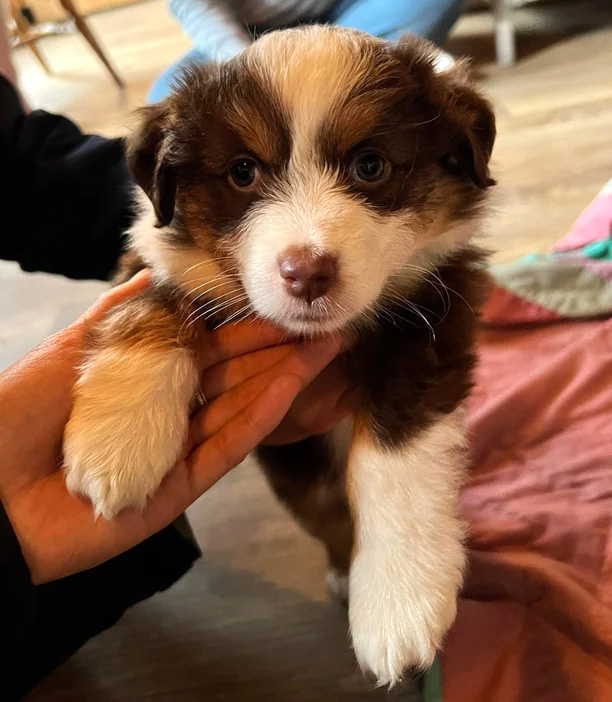
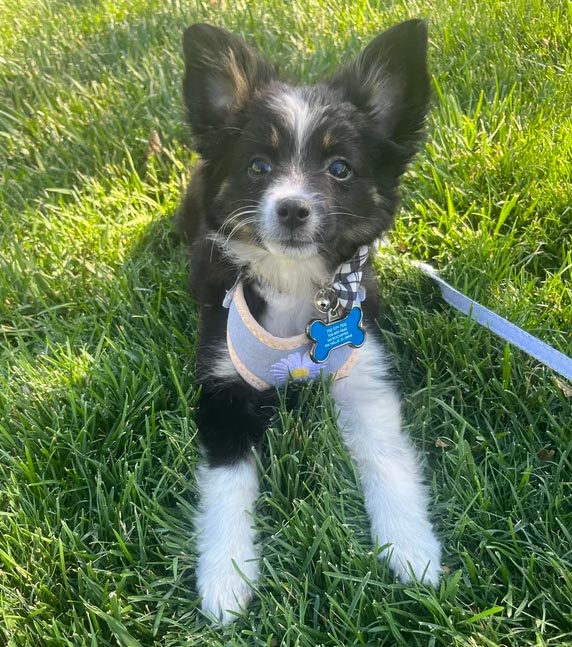
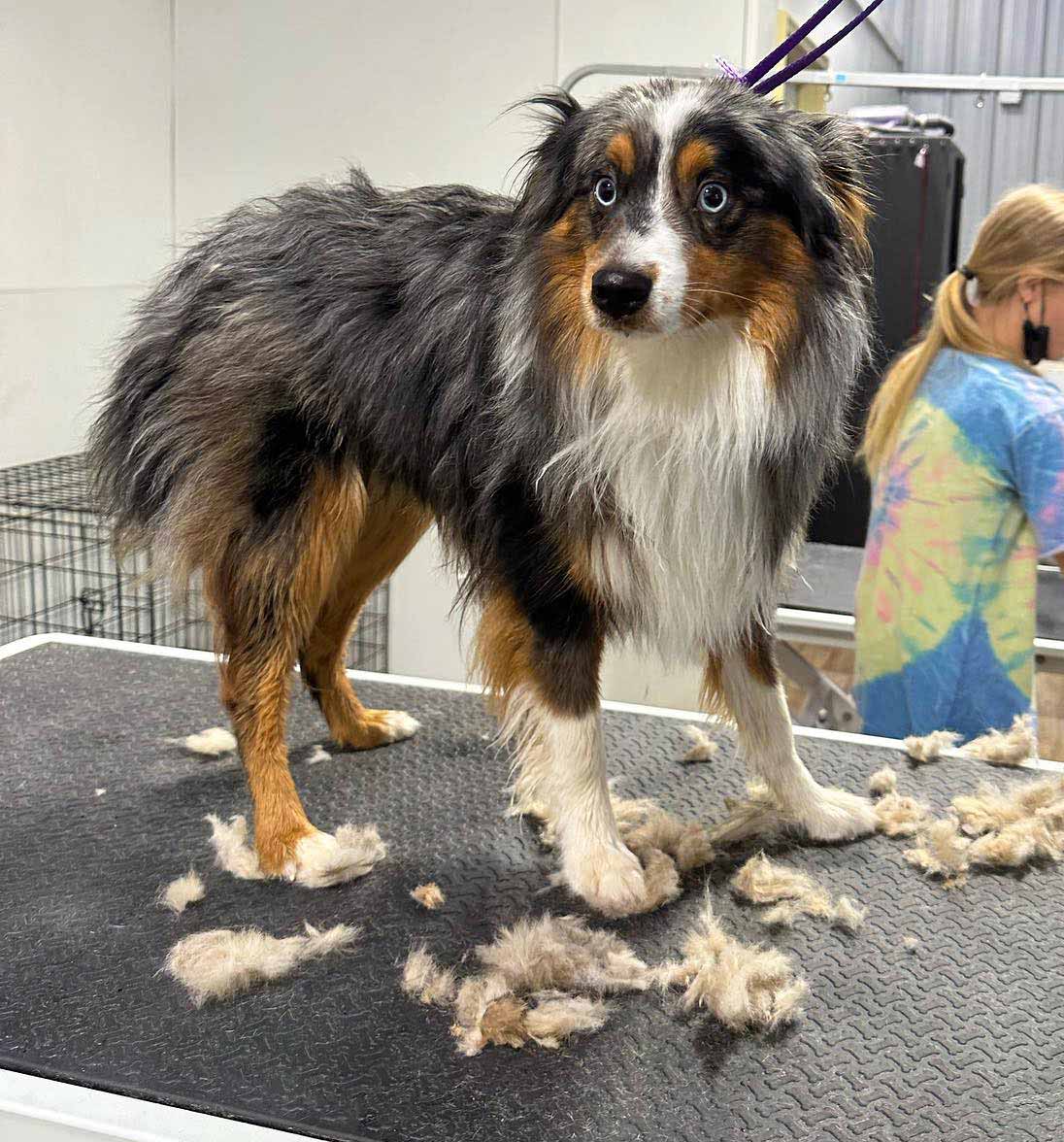
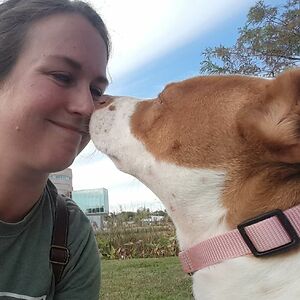










































-1
0